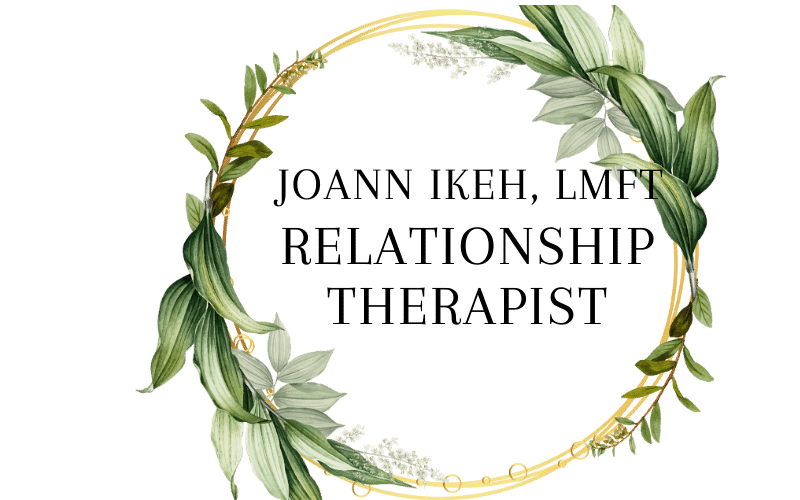How to Set Boundaries in a Relationship Without Guilt or Conflict
Setting boundaries in a relationship is one of the healthiest things you can do—for yourself and your partner. Contrary to the myth, boundaries aren’t walls that push people away—they’re bridges that help us stay connected while honoring each other’s needs.
If you struggle with people-pleasing, conflict avoidance, or guilt around saying “no,” you’re not alone. This guide will walk you through how to set boundaries in a relationship in a way that’s respectful, clear, and empowering.
What Are Boundaries in a Relationship?
Boundaries are guidelines or limits that define how you want to be treated and what you’re okay (or not okay) with emotionally, physically, and mentally.
They help you:
Protect your emotional well-being
Communicate your needs clearly
Create a safe, respectful dynamic
Examples of healthy relationship boundaries:
“I need alone time after work before I can talk about my day.”
“Please don’t look through my phone without asking.”
“I’m not comfortable joking about that topic.”
Why Boundaries Are Essential for Healthy Relationships
Healthy boundaries are the foundation of trust, respect, and intimacy. Without them, it’s easy to fall into patterns of:
Resentment
Burnout
Co-dependence
Miscommunication
When both partners know and respect each other’s limits, it creates emotional safety and deeper connection.
6 Steps to Set Boundaries in a Relationship (Without Feeling Guilty)
1. Get Clear on What You Need
Before setting boundaries, spend some time reflecting on:
What drains you in your relationship?
Where do you feel disrespected or uncomfortable?
What do you need more of to feel safe and seen?
Clarity leads to confidence.
2. Communicate Directly and Kindly
Use clear, direct language—not hints, passive-aggression, or silence. The goal isn’t to control your partner, but to express your needs.
Try this script:
👉 “I feel overwhelmed when we argue late at night. Can we pause and talk about things the next morning instead?”
Pro tip: Use “I” statements to take ownership of your feelings without blaming.
3. Start Small and Be Consistent
You don’t need to overhaul your entire relationship overnight. Start with one small boundary and stick to it.
For example:
👉 Instead of saying yes to every request, practice saying, “Let me check my schedule and get back to you.”
Boundaries become easier the more you practice them.
4. Prepare for Pushback (and Stay Firm)
Sometimes, people push back—not because your boundary is wrong, but because they’re used to the old dynamic.
If your partner resists or tests your limits:
Stay calm and grounded
Reaffirm your boundary
Avoid overexplaining or justifying
Healthy partners will eventually adjust. If they don’t, it may be time to reassess the relationship’s health.
5. Respect Your Partner’s Boundaries, Too
Boundaries are a two-way street. Ask your partner what helps them feel safe, respected, and supported.
Questions to ask:
“Are there topics you prefer not to discuss during conflict?”
“What does personal space look like for you?”
“How do you like to be approached about sensitive topics?”
Mutual respect builds mutual trust.
6. Seek Support if It Feels Overwhelming
Setting boundaries can feel scary—especially if you’ve experienced trauma, people-pleasing, or past unhealthy relationships.
A relationship therapist can help you:
Identify where your boundaries are being crossed
Build scripts and tools for difficult conversations
Strengthen your self-worth and confidence
Boundaries Are a Gift—Not a Punishment
Learning how to set boundaries in a relationship is one of the most powerful acts of self-love and relational care. It tells your partner:
👉 “I want to stay connected to you—and this is what I need to do that in a healthy way.”
You deserve relationships where you can be fully yourself—loved, respected, and safe.
Struggling to set boundaries in your relationship?
I help individuals and couples create healthier communication patterns, set loving limits, and break free from codependent dynamics. Therapy can offer tools and support to help you show up fully—without guilt or fear.
👉 Book a consultation or contact me at joannikeh@joannikeh.com.



